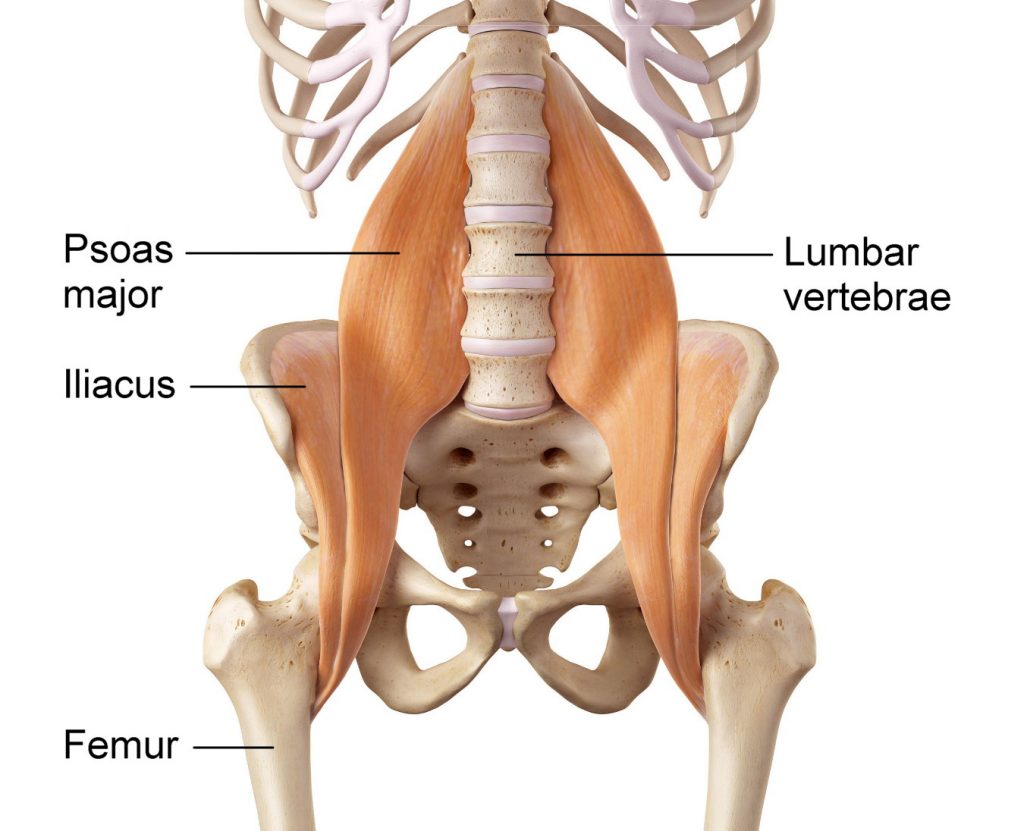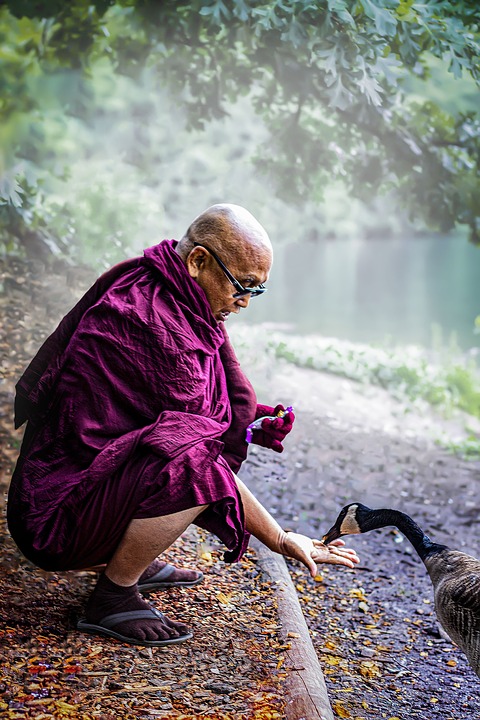Tight hips are a common occurrence. People from all over the world seem to experience them. And it’s not always one demographic that suffers.
From young to old, female to male, sedentary right up to high-level athletes, hip flexors don’t discriminate. But why?
Why are hip flexors so prone to tightening up? Why do you feel like you can stretch and stretch and stretch them, yet never relieve their pesky ways?
A Little Anatomy
The hip flexors are primarily made up of two muscles: the iliacus and the psoas major. Combined, they are known as the iliopsoas. However, they’re not the only muscles that flex the hips.

The rectus femoris, sartorius, and tensor fascia latae also play a role. But for the most part, the iliopsoas is the main hip flexor, that also acts as a spine stabiliser.
What this means is that this guy does a lot. Provided, that is, you do more than lie flat on the ground staring at your little glow-in-the-dark stars on the ceiling.
The Iliopsoas Loves to Work
With hips to flex and spines to stabilise, the iliopsoas has many opportunities to work. When areas that surround it are lazy, however, it likes to—has to—switch on even more, leading to it doing more than it would like to.
We can counteract this by switching on these areas to help keep the body balanced. We can also stop worrying so much about specifics and simply move the body more, while also paying attention to optimal mechanics.
Lazy Boy
Sitting is often said to cause the iliopsoas to shorten, resulting in the area tightening. But this doesn’t make a whole lot of sense.
For starters, sitting, holding a squat, sleeping on your side, are normal actions for almost all mammals—dogs, cats, lions, strange two-legged humans. They are also actions that are performed repeatedly, sometimes for long periods of time, and often only require a quick stretch to keep things fine and dandy.

Think about it. A cat sleeps all day, yet only needs a quick stretch before jumping onto your table to annoy you. A monk can squat for hours, and never has to worry about biomechanics or “core activation.” You rarely reach high in that cupboard, yet shoulder movement is quite often just around the corner.
This is because, put simply, there is a big difference between active and passive muscle states. Or, in other words, a big difference between contracting muscles when moving, as opposed to keeping them relaxed as you sit at your desk for 40-50 hours each week, drive, eat, and play Mario Kart.
The Answer
Whether your hips are tight because they are overworked due to other areas not helping out, or due to them being passive too often and weak, instead of stretching or foam rolling the upset areas, you know what would be better? Re-aligning them. Reactivating them. Strengthening them.
And to do this, try adding one or two of the exercises below into your regime and see how they fair in a couple of weeks.
Of course, most exercises that involve the whole body also hit the hip flexors (deadlifts, squats, lunges, etc.) due to them playing a role in overall core stability. But the exercises above are some nice targeted ones.
Got questions? Leave ‘em below.


